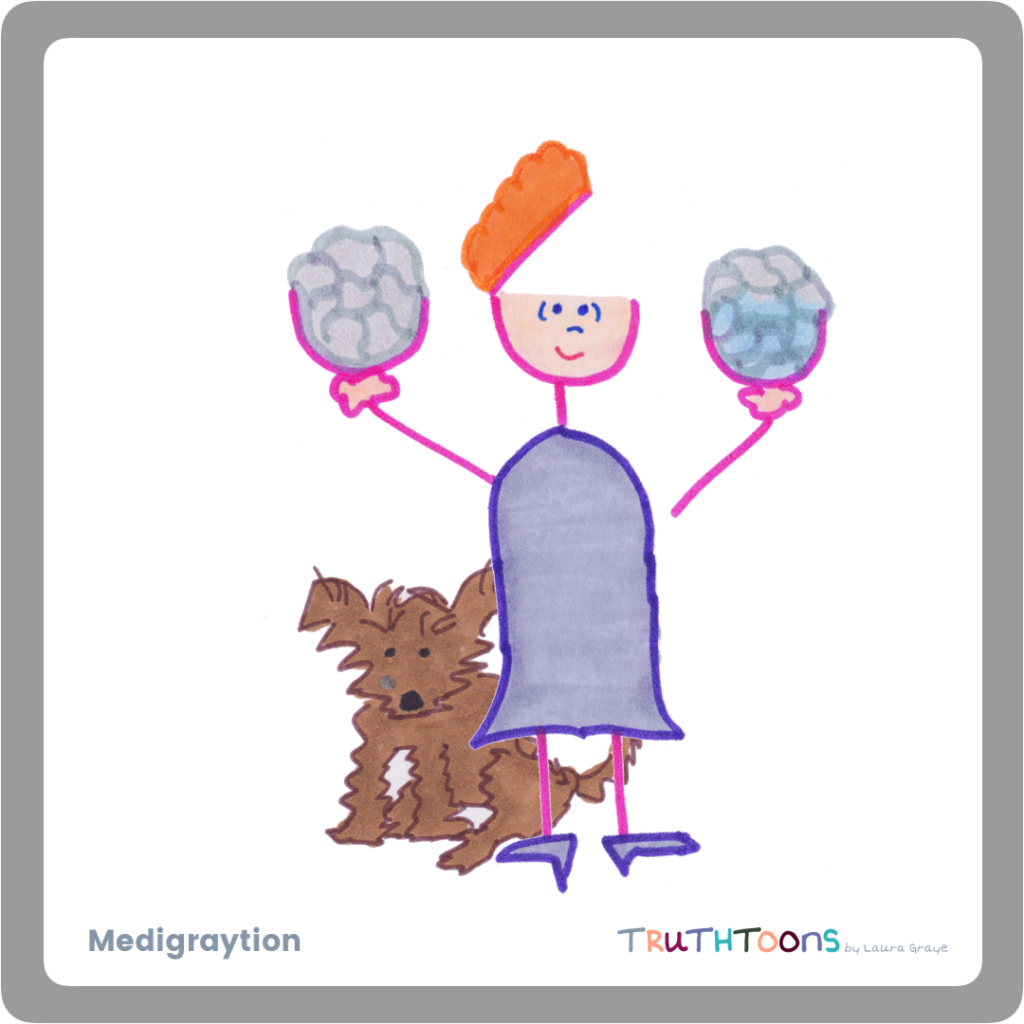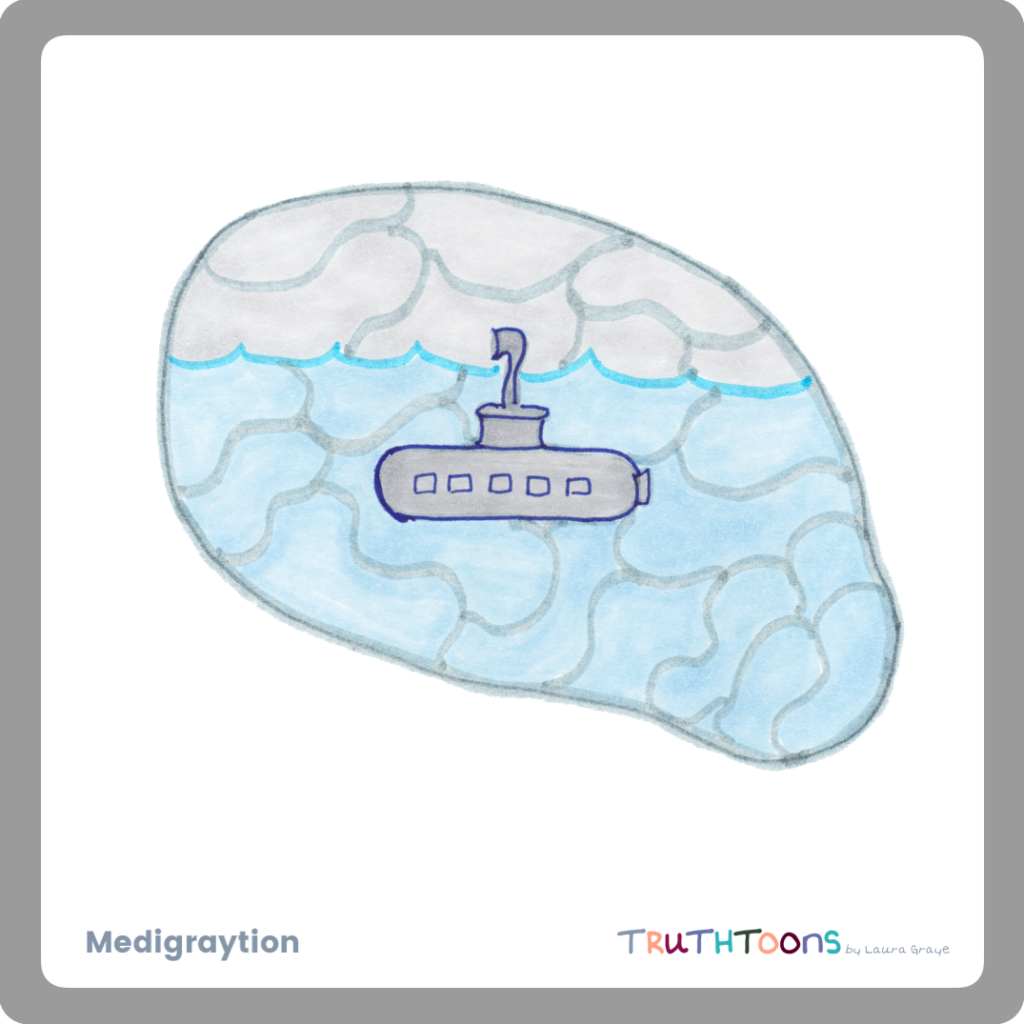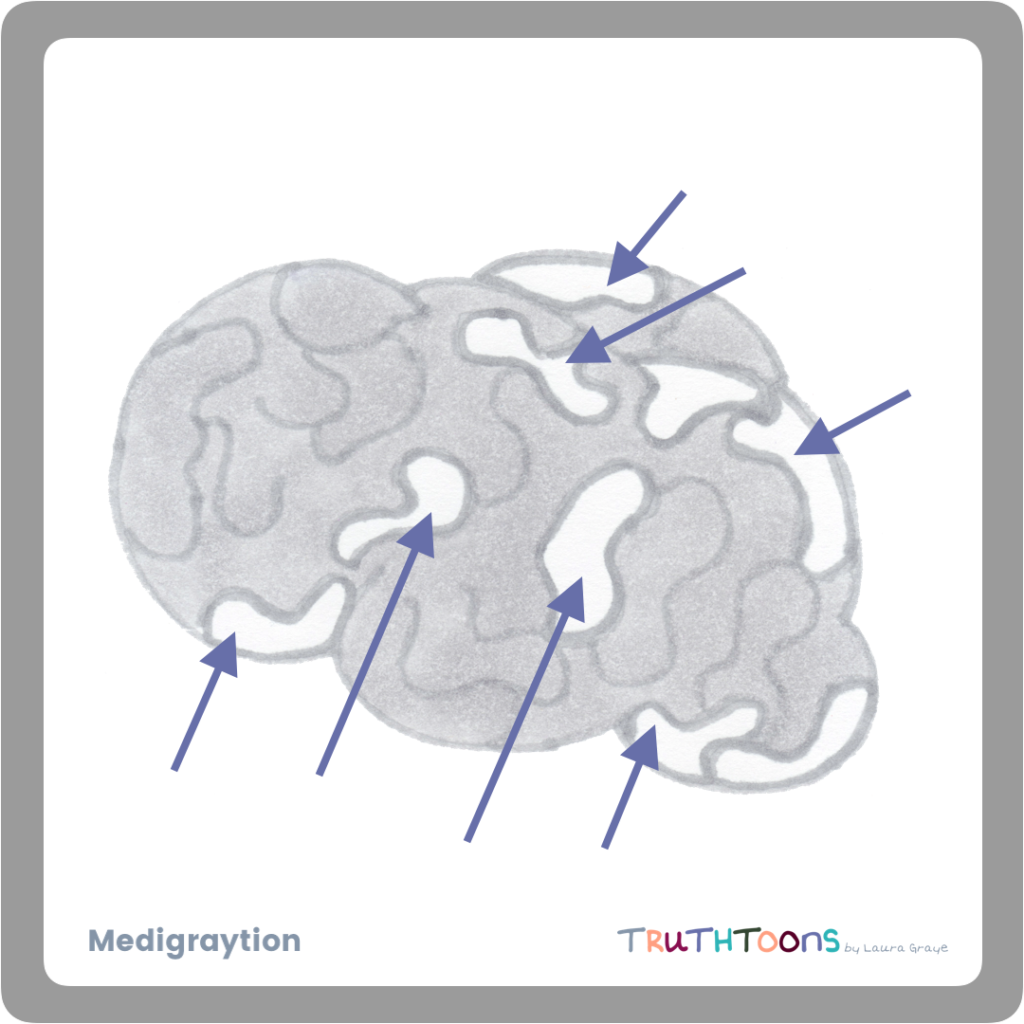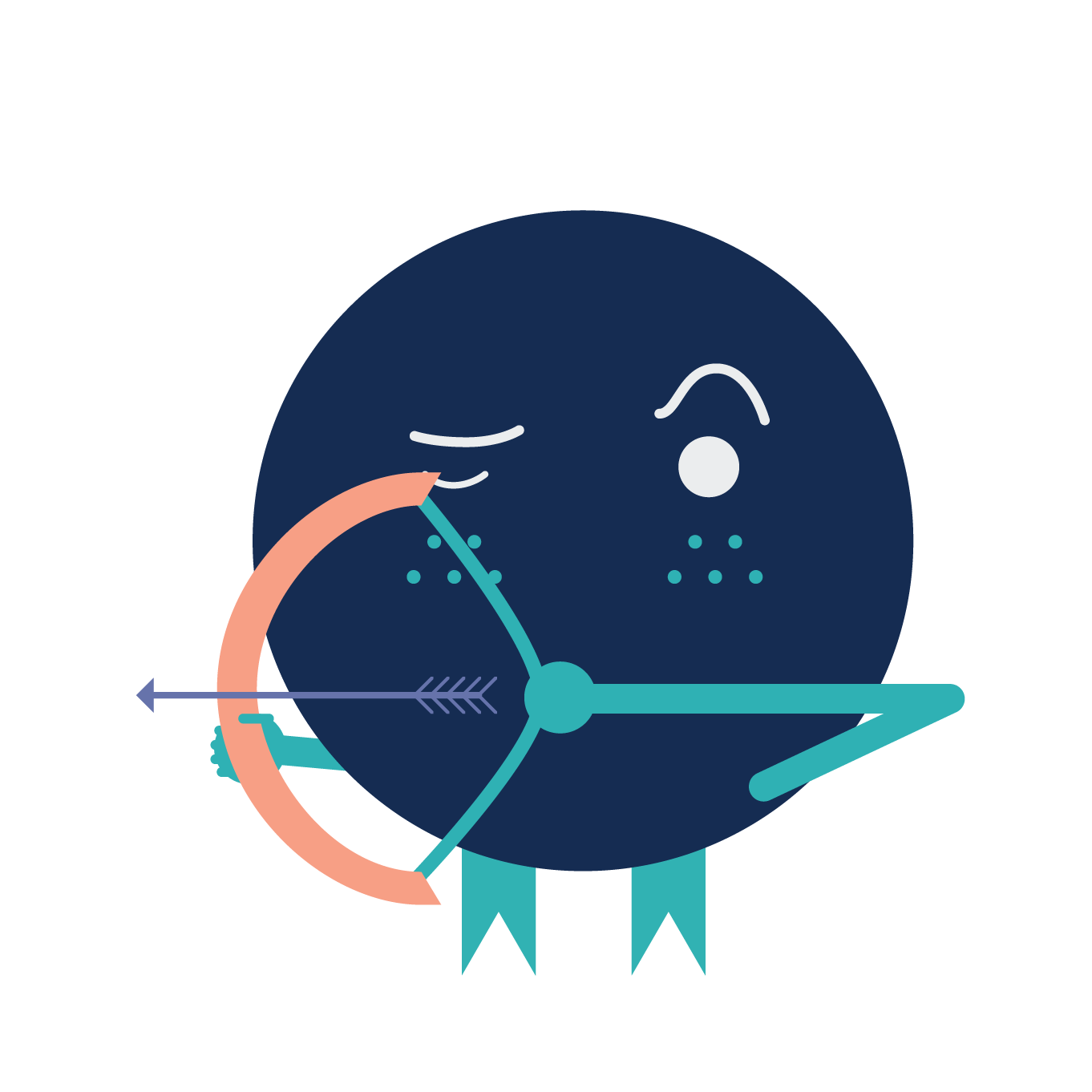
Often the words subconscious and unconscious are misused as interchangeable terms. They are not the same. They are two different planes of consciousness that work alongside your everyday consciousness which is always running, except in the case of sleep, hallucinogenic drugs, or traumatic injury. Then your conscious mind is somewhat offline.
Your Subconscious Mind:
The prefix “sub” is the giveaway here. “Sub” means below, like a submarine. Your subconscious holds the data right below the surface, things you know, but they may take a moment to dredge up. For instance, your childhood phone number is stored in your subconscious. It’s there, yet it might be hard to recall quickly on the spot. Once you focus your attention on something in your subconscious mind, you can recall it pretty quickly.

Your subconscious is part of your working memory-it includes both controlled and automatic data. Controlled data is the information you’ve taken in consciously- again, like your childhood phone number or the multiplication table. You’ve controlled the input, meaning, at some point, you knew the information entered your brain, and there is a mechanism in your brain which knows where this data is stored and how to retrieve it.
Automatic data is the information you have learned but you no longer need to consciously retrieve to access; for example how to use a fork and knife. You don’t experience yourself thinking about actions like how to smile or read or walk. Automatic memory is in your subconscious, but you don’t need time to recall this data. It’s right there, yet it is still part of the information that is already stored, already registered, and previously catalogued (correctly or incorrectly).
Your Unconscious Mind:
The prefix “un” helps you here. “Un” means not, as in not conscious, not seen, not understood. Your unconscious is made up of the data which you do not know and have never, except in the case of trauma, had conscious awareness. For example, as you read this article, you are taking in more than 40,000 neural impulses per second (NIPS). If you are of ordinary consciousness, you are likely aware of maybe 5,000 of these NIPS, while the other 35,000 are ushered through the back door without your knowledge.

Amazingly, your unconscious is measuring things like barometric pressure, gravity, temperature, and even the blood pressure and heart rate of the person sitting next to you. It is incredible the amount and type.
There’s another part to our unconscious which is emotional in nature. It includes trauma, beliefs, inherited miasms, and shadow aspects of ourselves we have repressed. It also includes “accidental” information which has ridden in on the coat-tails of those NIPS datapoints of which you weren’t conscious. Things like a particular smell which suddenly bring back a memory. The scent itself came through the normal NIPS process, but at the same exact moment your system was registering that particular scent, something emotional occurred, and it was unconsciously linked to the smell.
This piece of our emotional unconscious manages far more of our lives than most people realize. I can’t underscore far more enough. Right now, where we are in human evolution, we are working with two conscious hands while the other ten hands are swinging around behind our back making unconscious deals and decisions in our lives. This is happening non-stop, moment by moment without our awareness. It is naive to believe we are in full conscious control of our lives.
The Bridge, Your Conscious Mind:
When we reference our conscious brain, most people are talking about having a presence with the present moment. We are mindful of what is going on right here, right now. That’s not really true though. Human consciousness is made up of about 5% presence and 95% recall from the stacks of information stored in your subconscious and unconscious. To conceptualize this, imagine waking up each morning not knowing shapes, colors, time, distance, or what a tree, or a car, or a dog is.
Those memories which we don’t even recognize as memories are the automatic subconscious learned experiences which are bridged to our consciousness. When we “see” or “hear” something in the present moment, we aren’t really seeing the sights or hearing the sound as they are in the present moment. Instead, our neurons, through our senses, take in that sight or sound and without our knowing, it is rushed through our brains to find the data stack which most resembles that sight or sound so it can be interpreted. This is happening at that 40,000 neural impulses per second rate.
Our minds trick ourselves into believing we are present with the newness of our experience in the moment. Yet, each of us are living different realities built from our own unique past experiences. What a dream.



